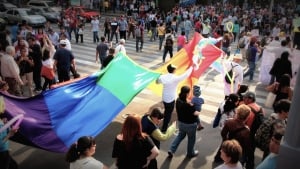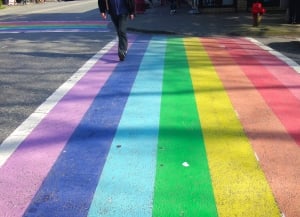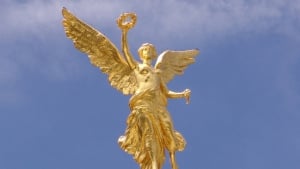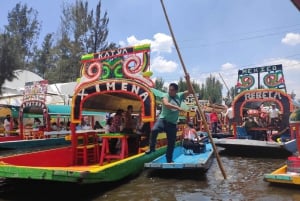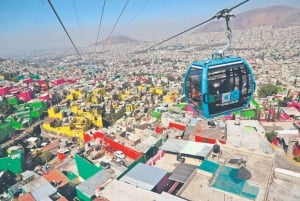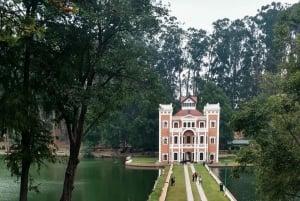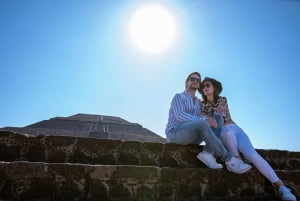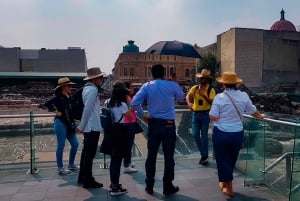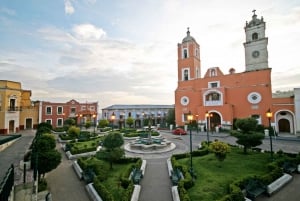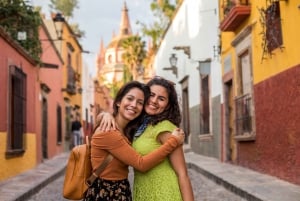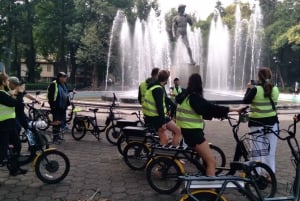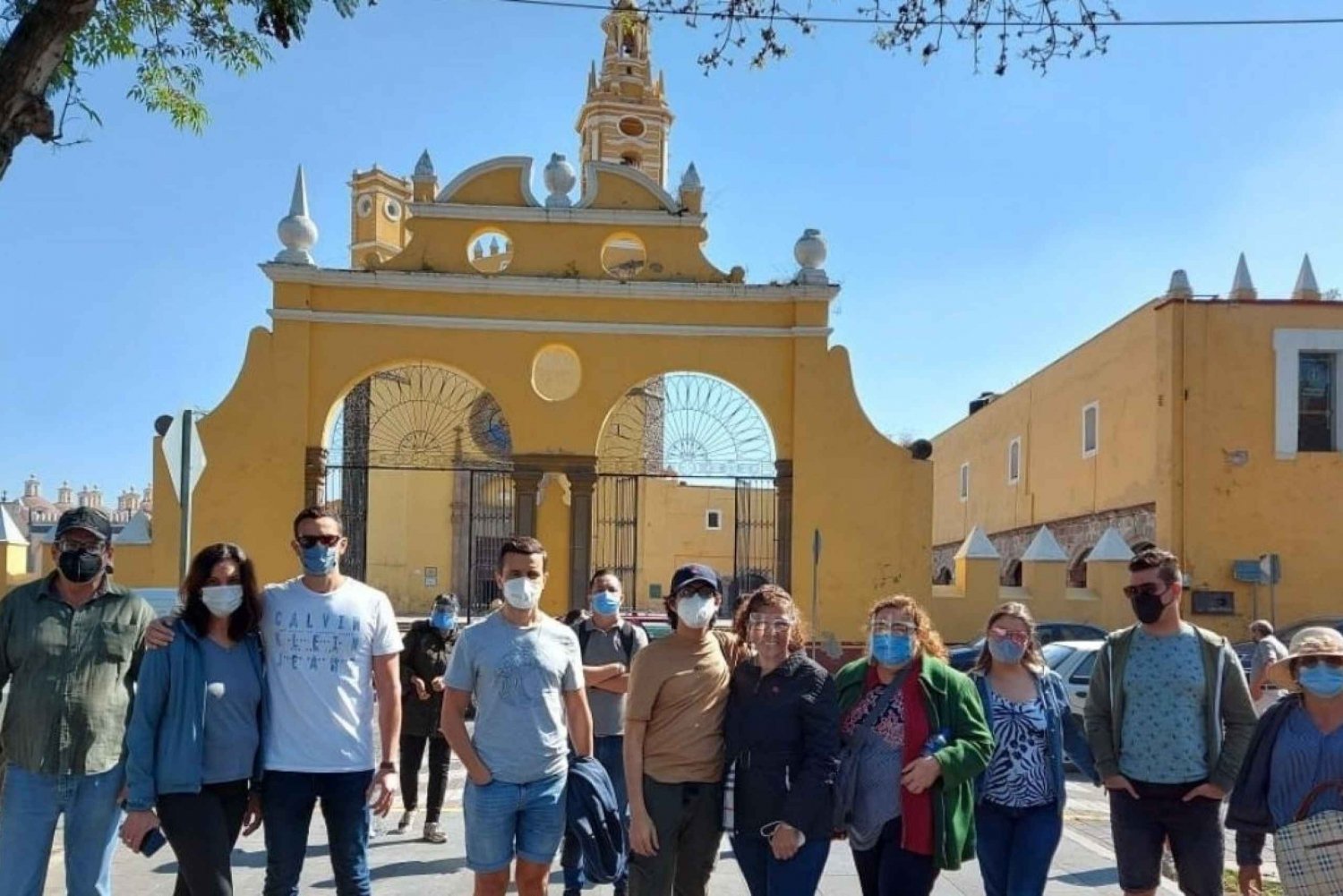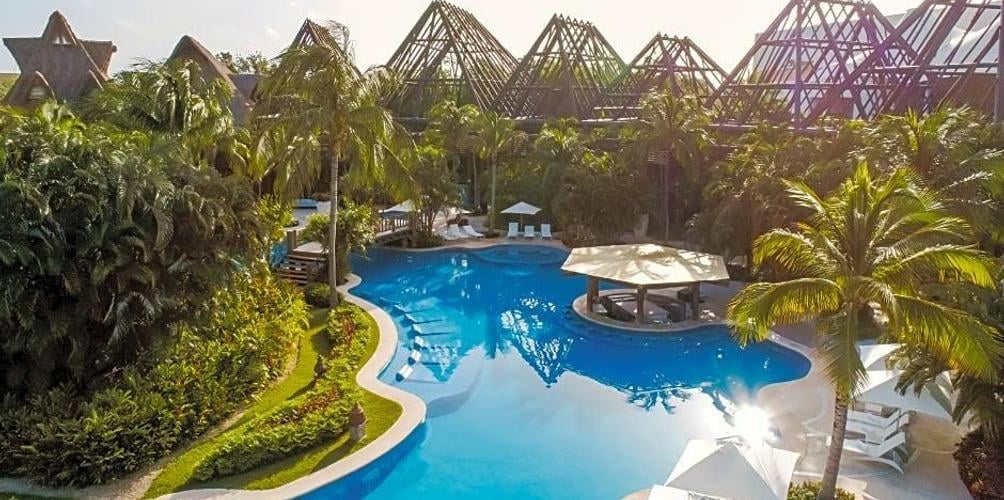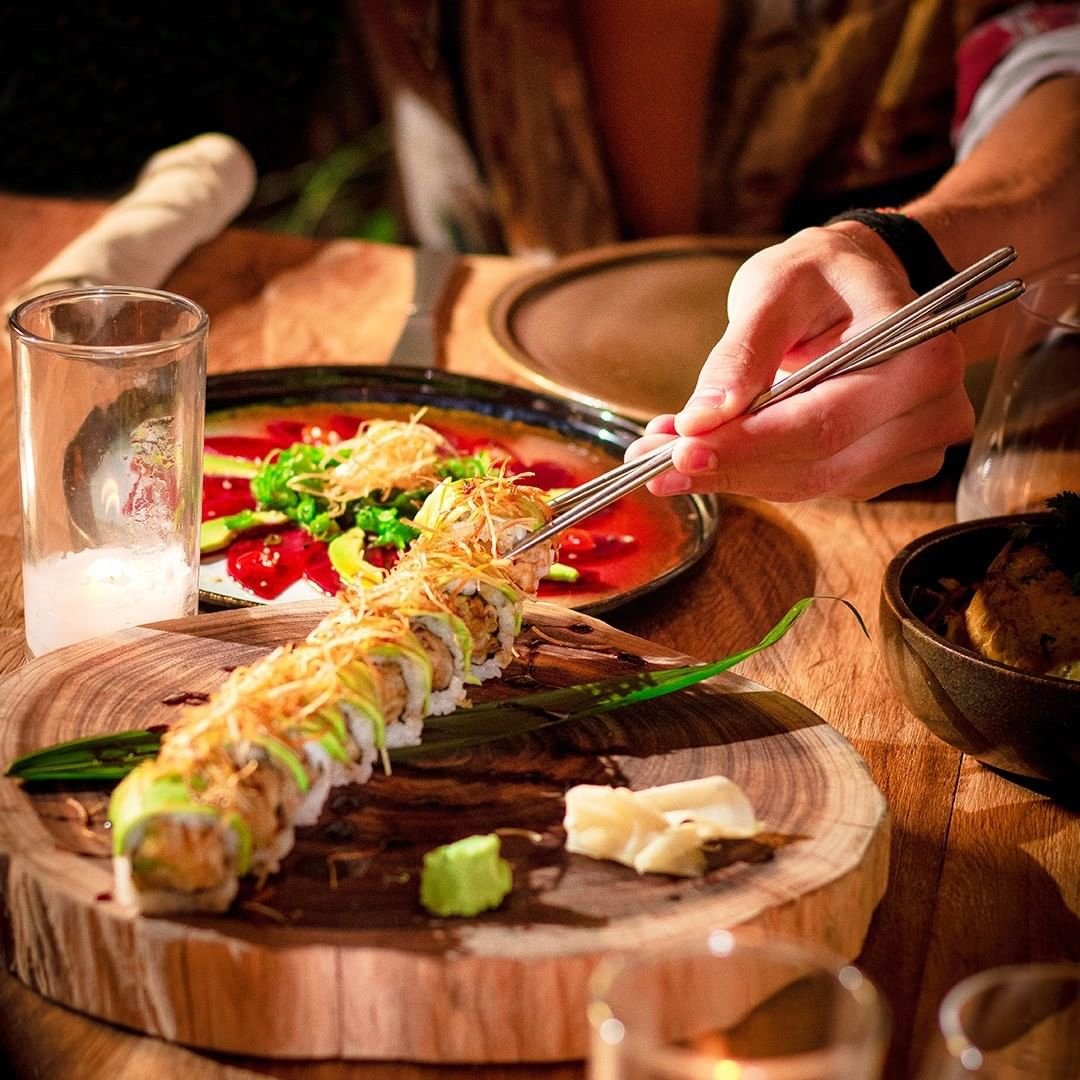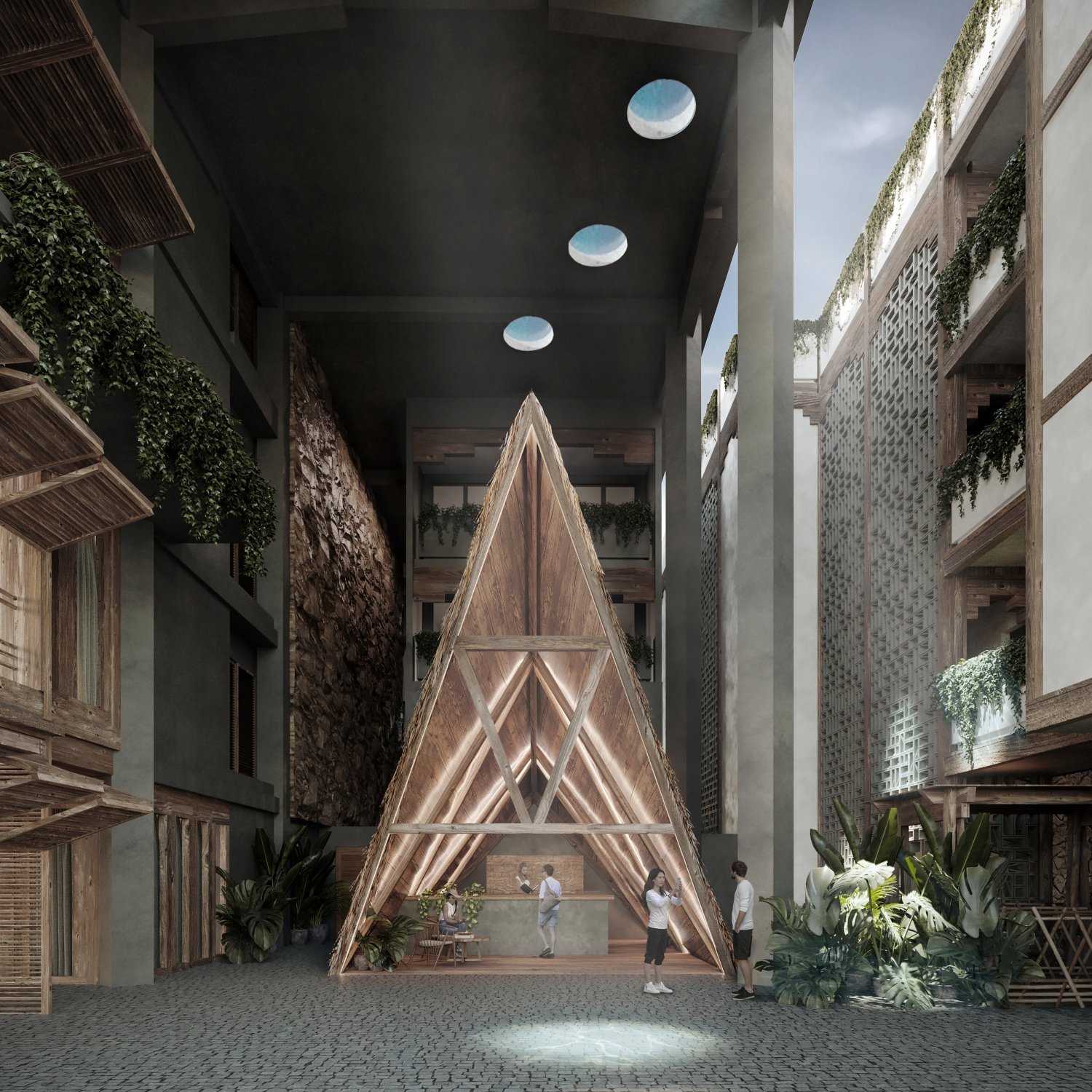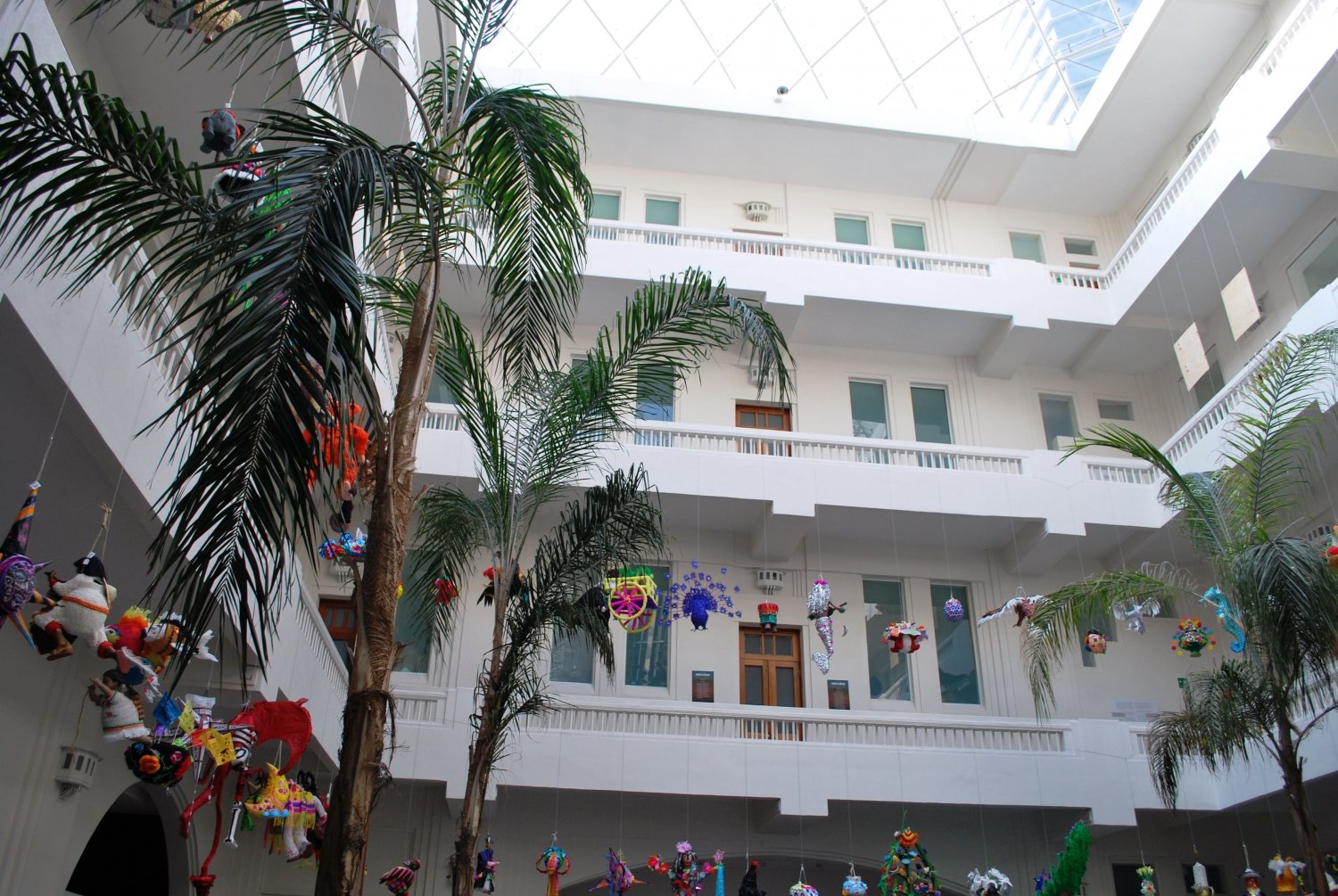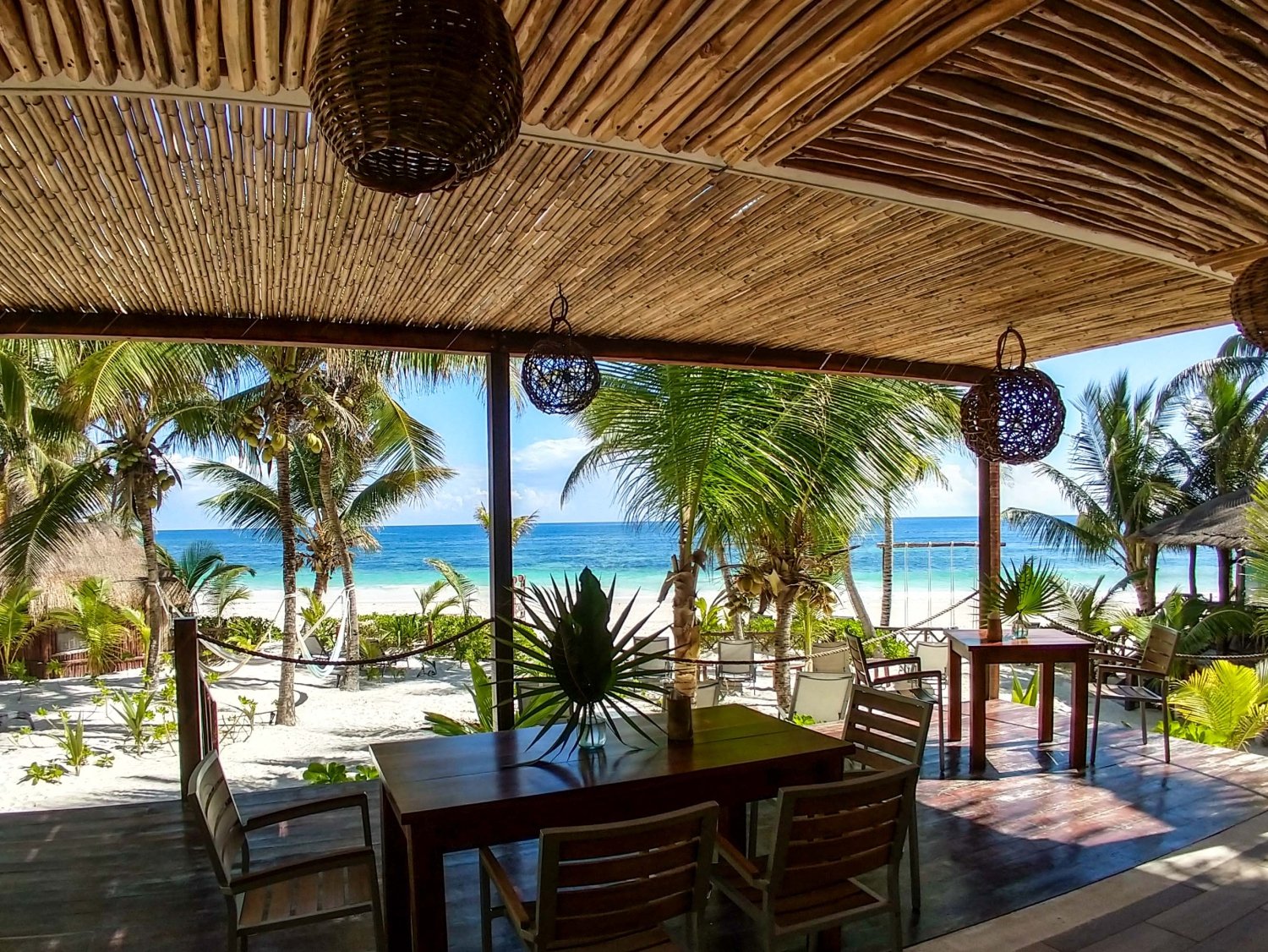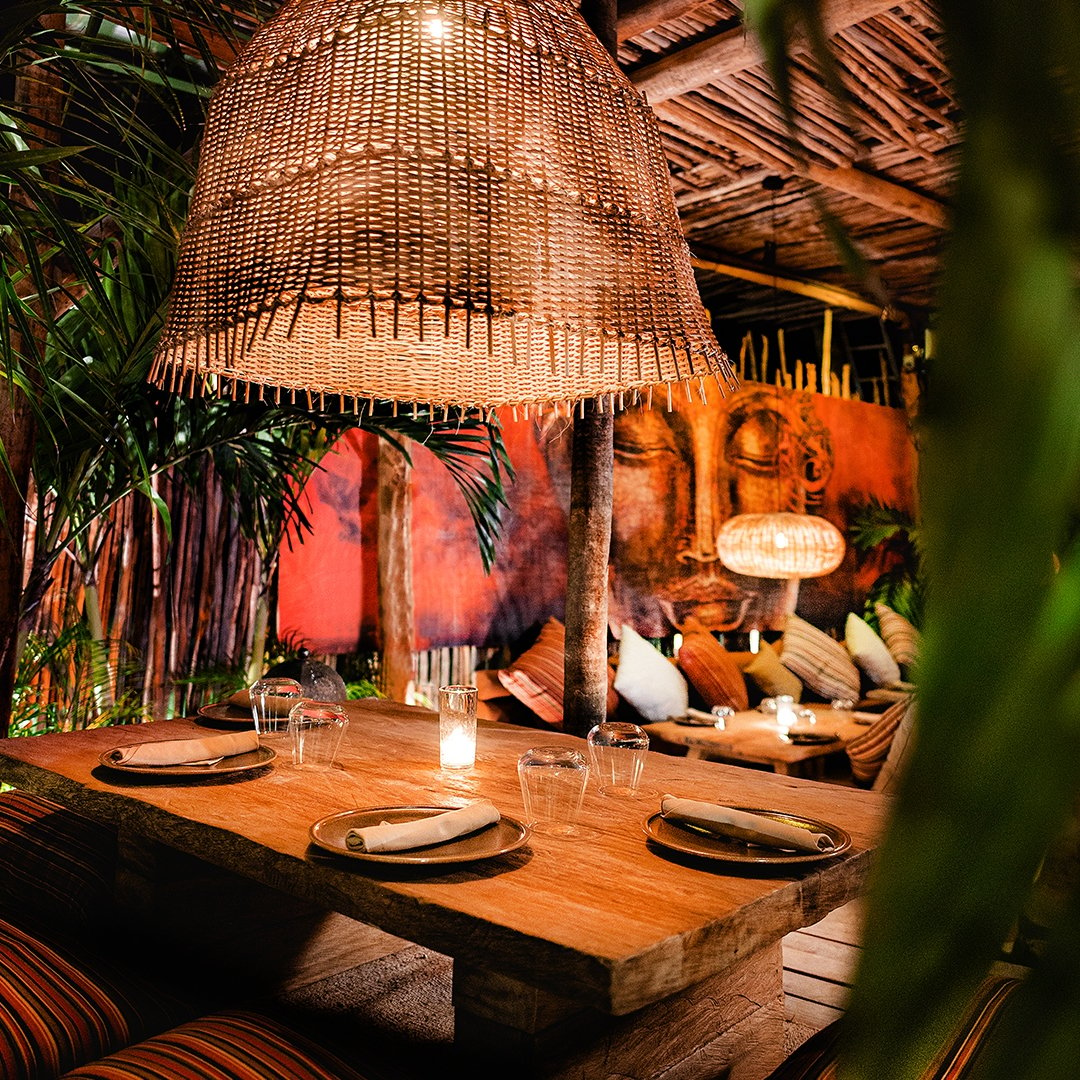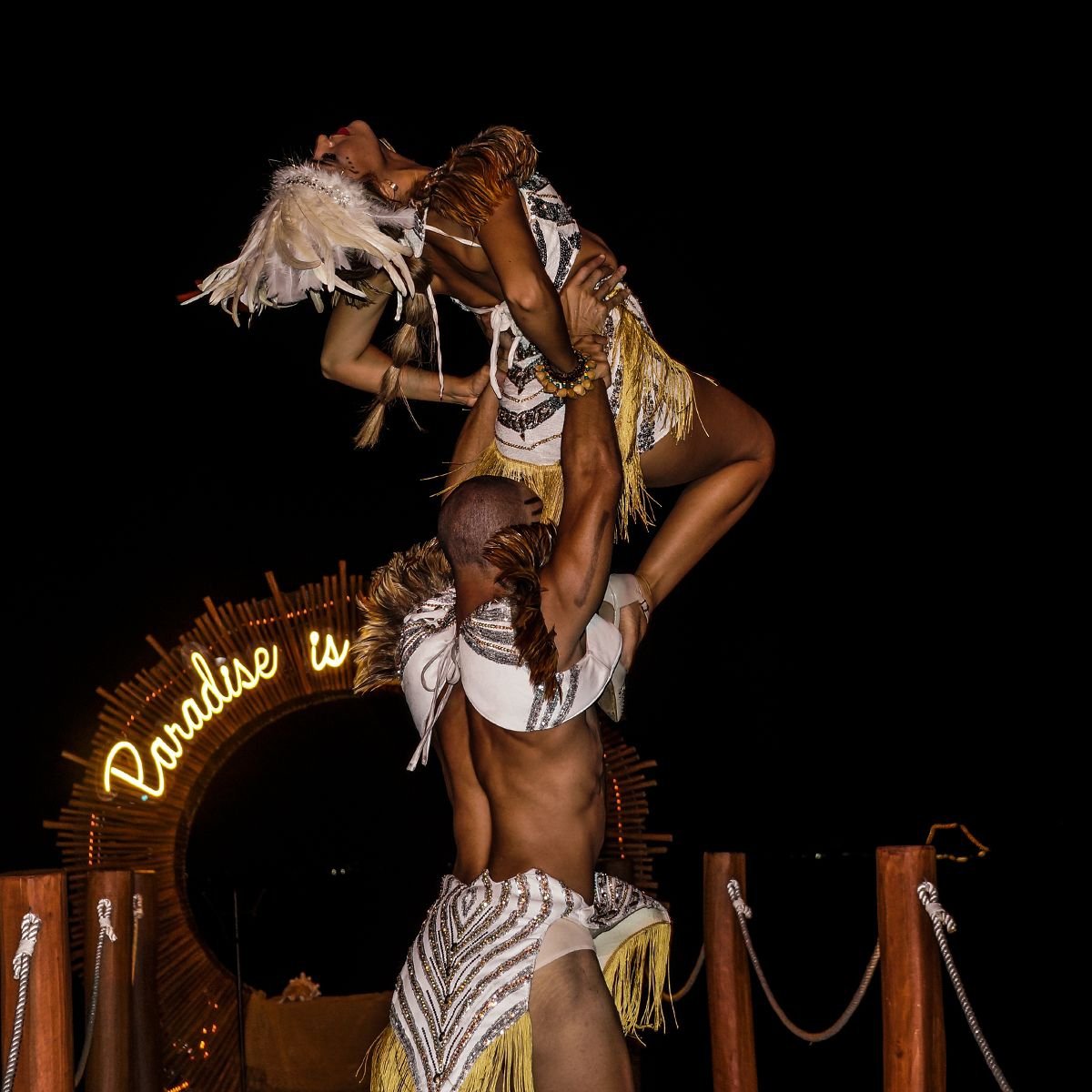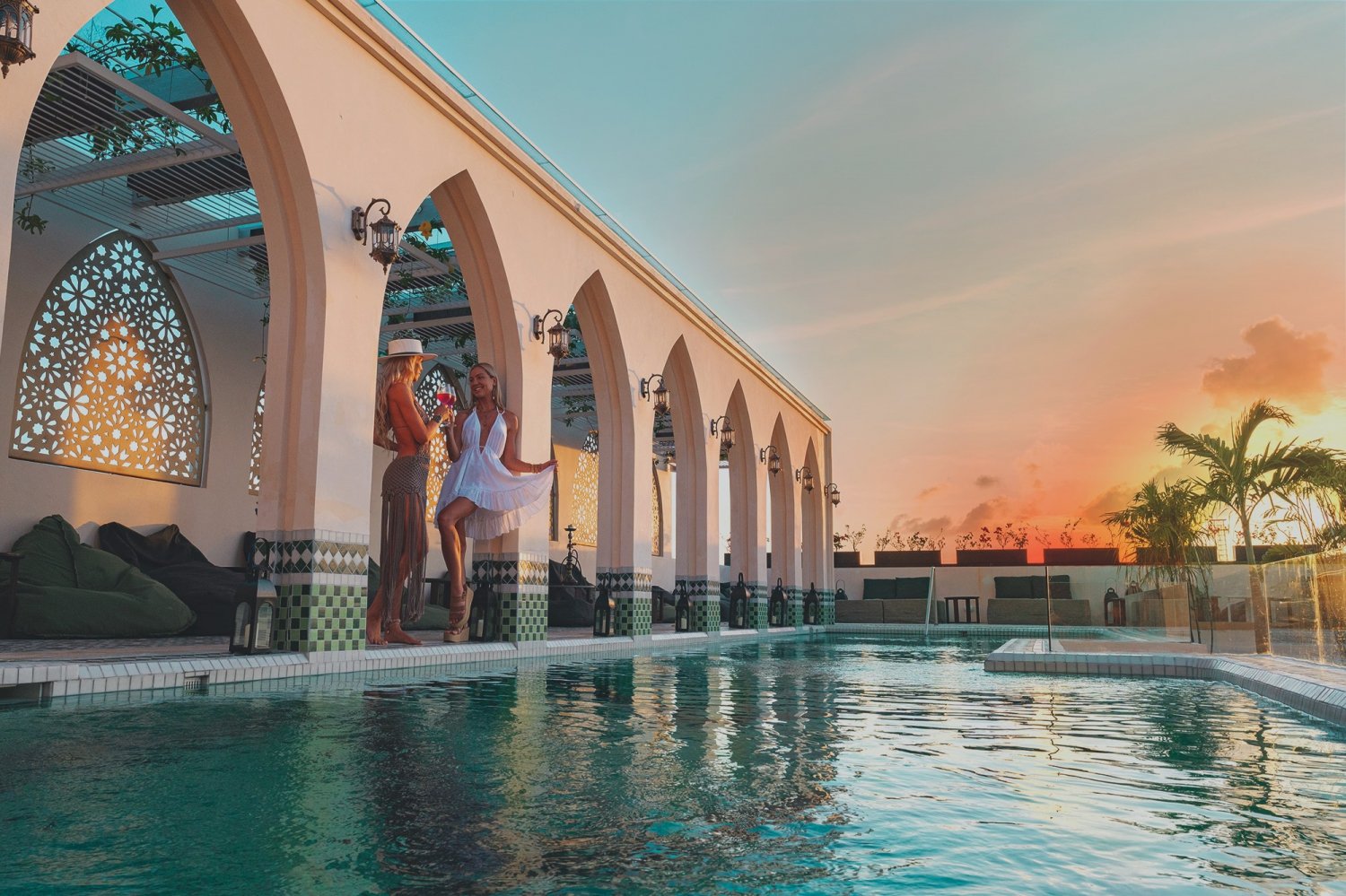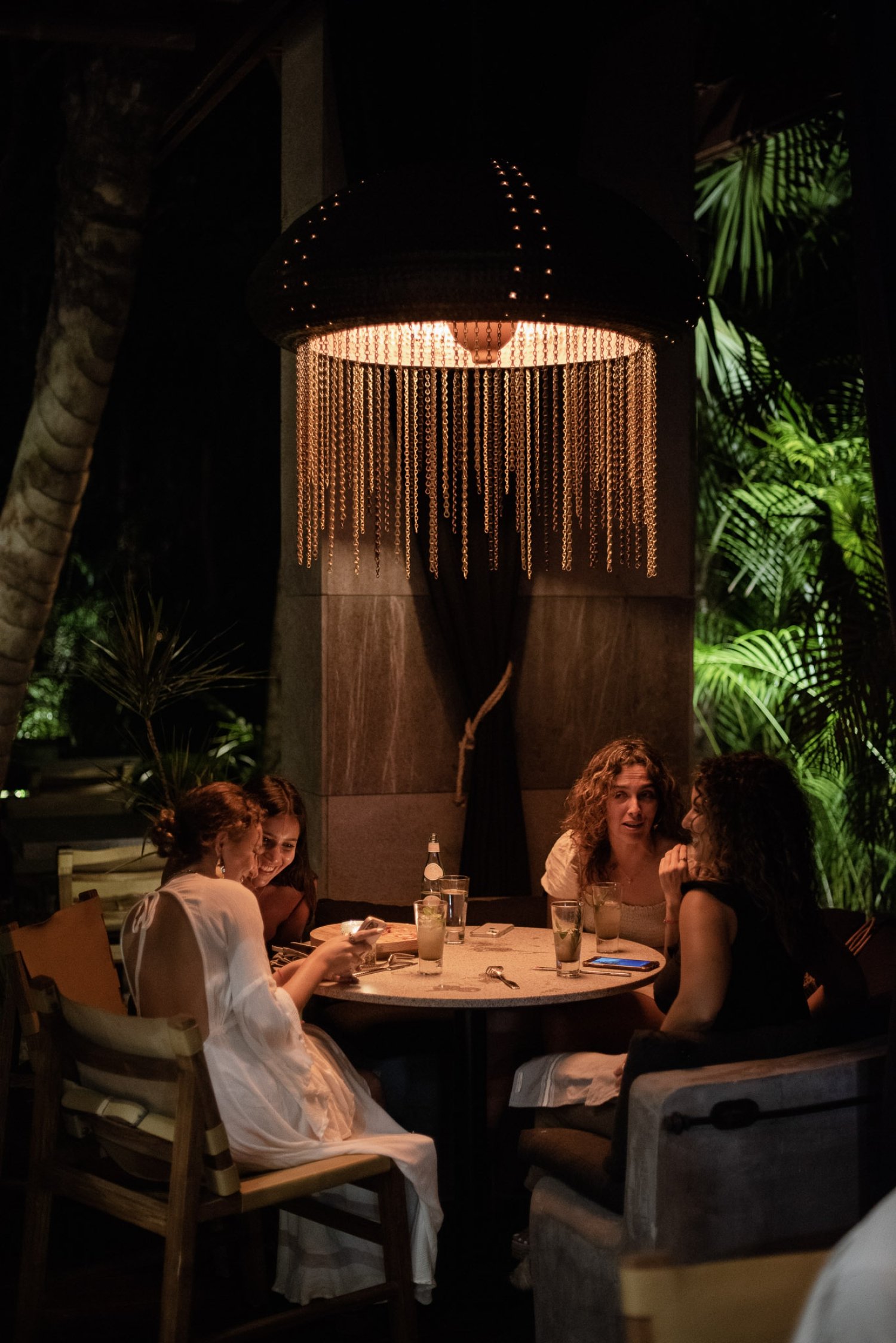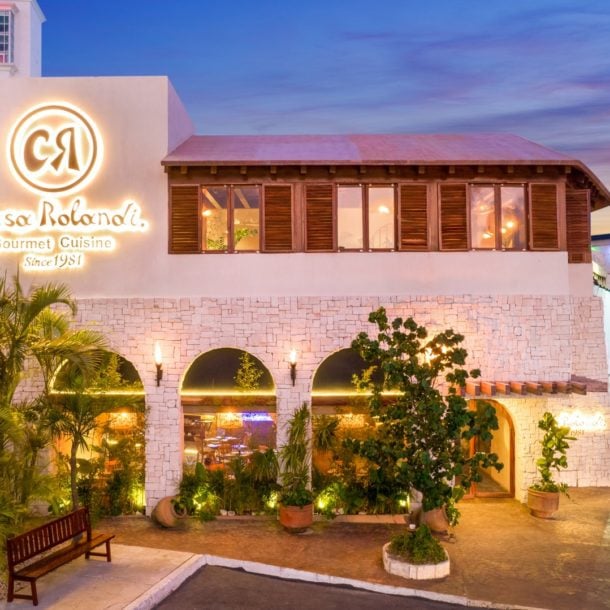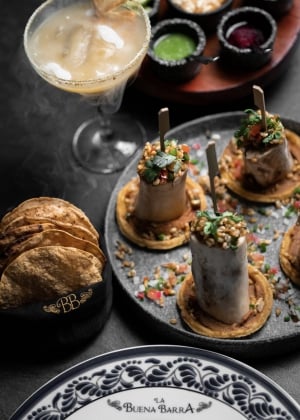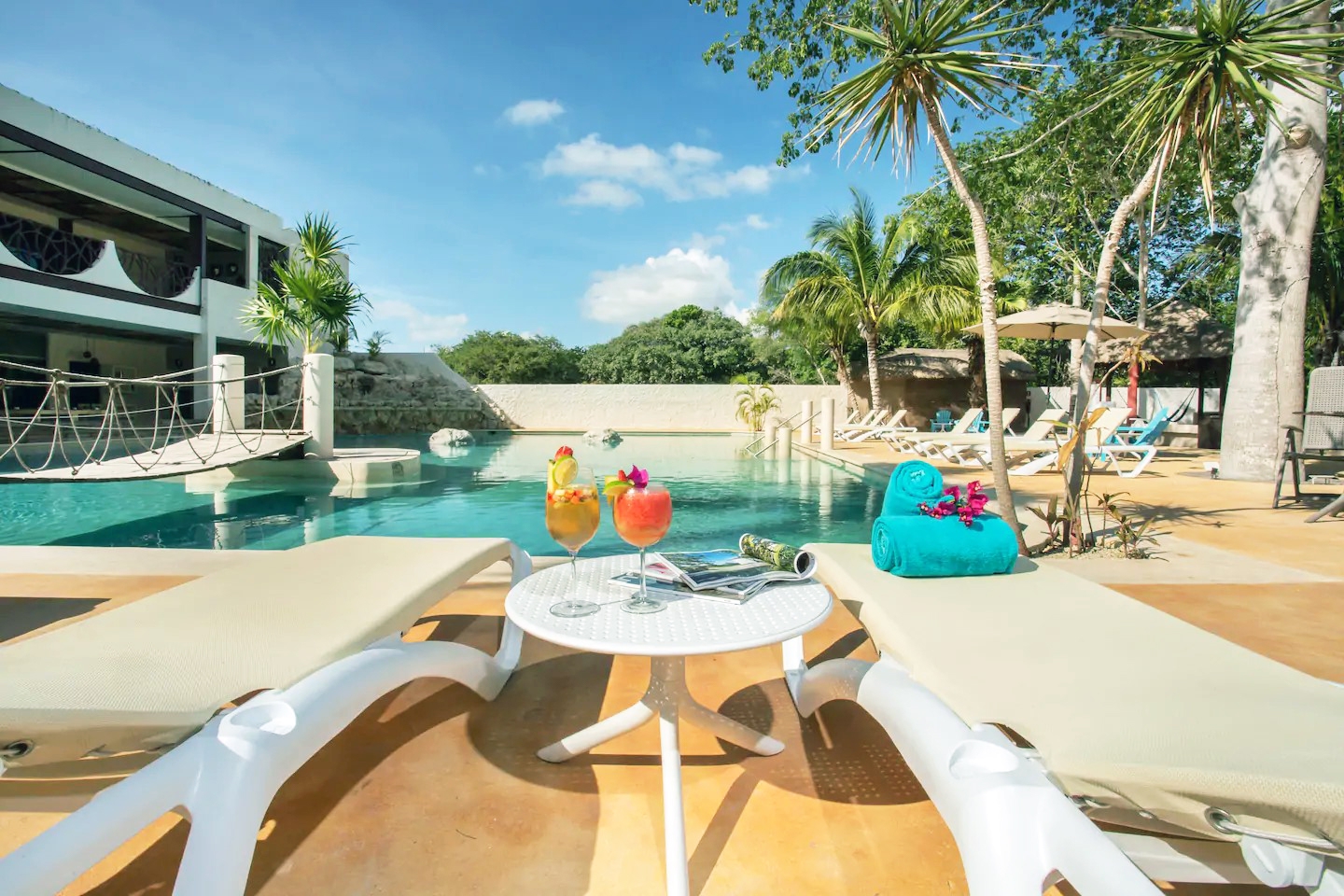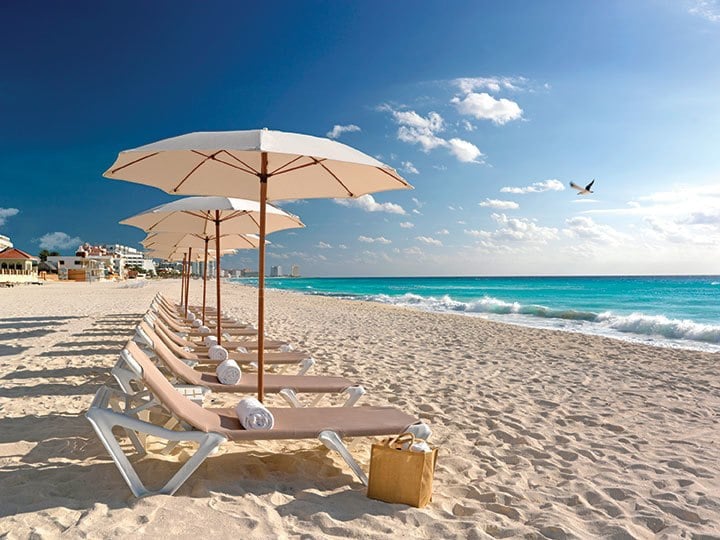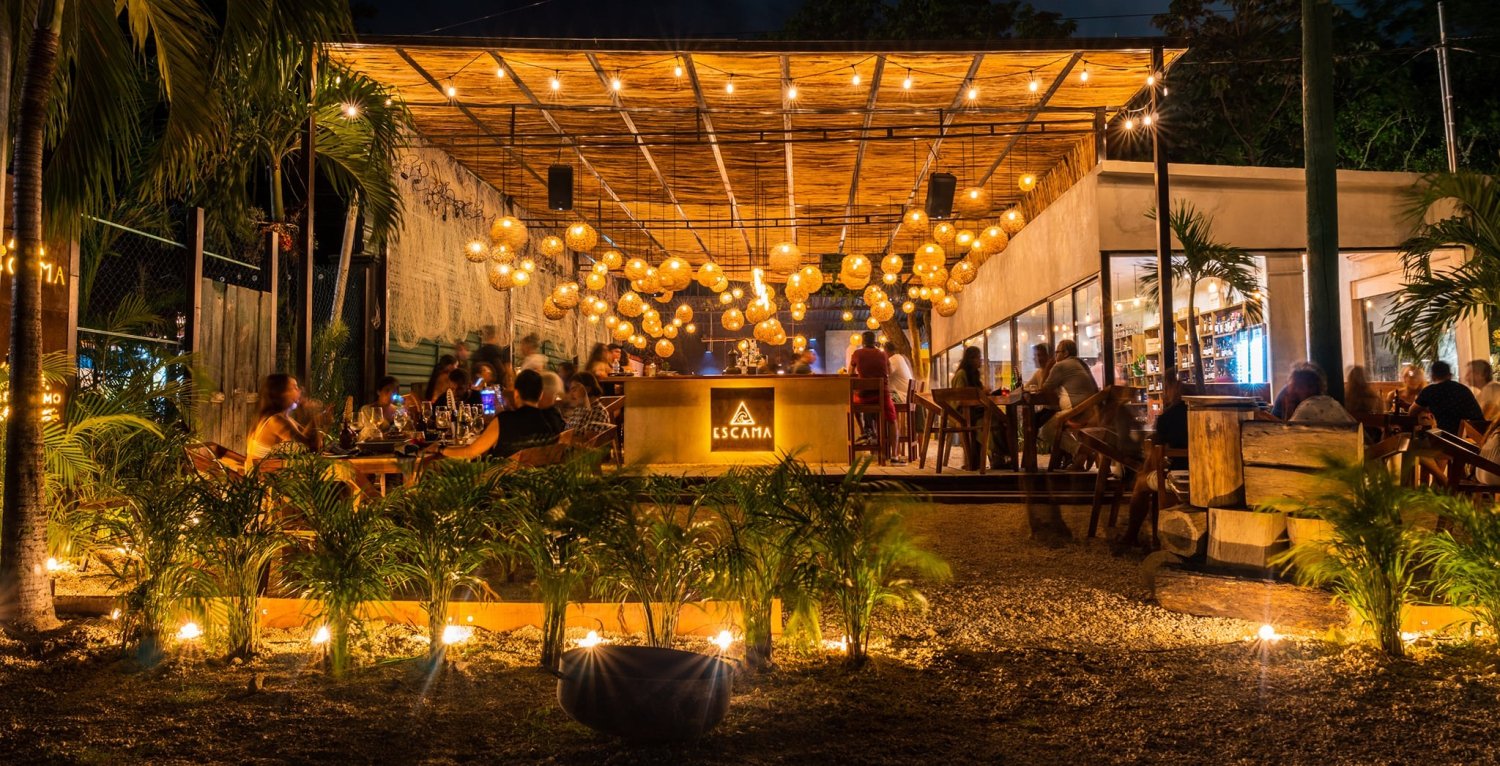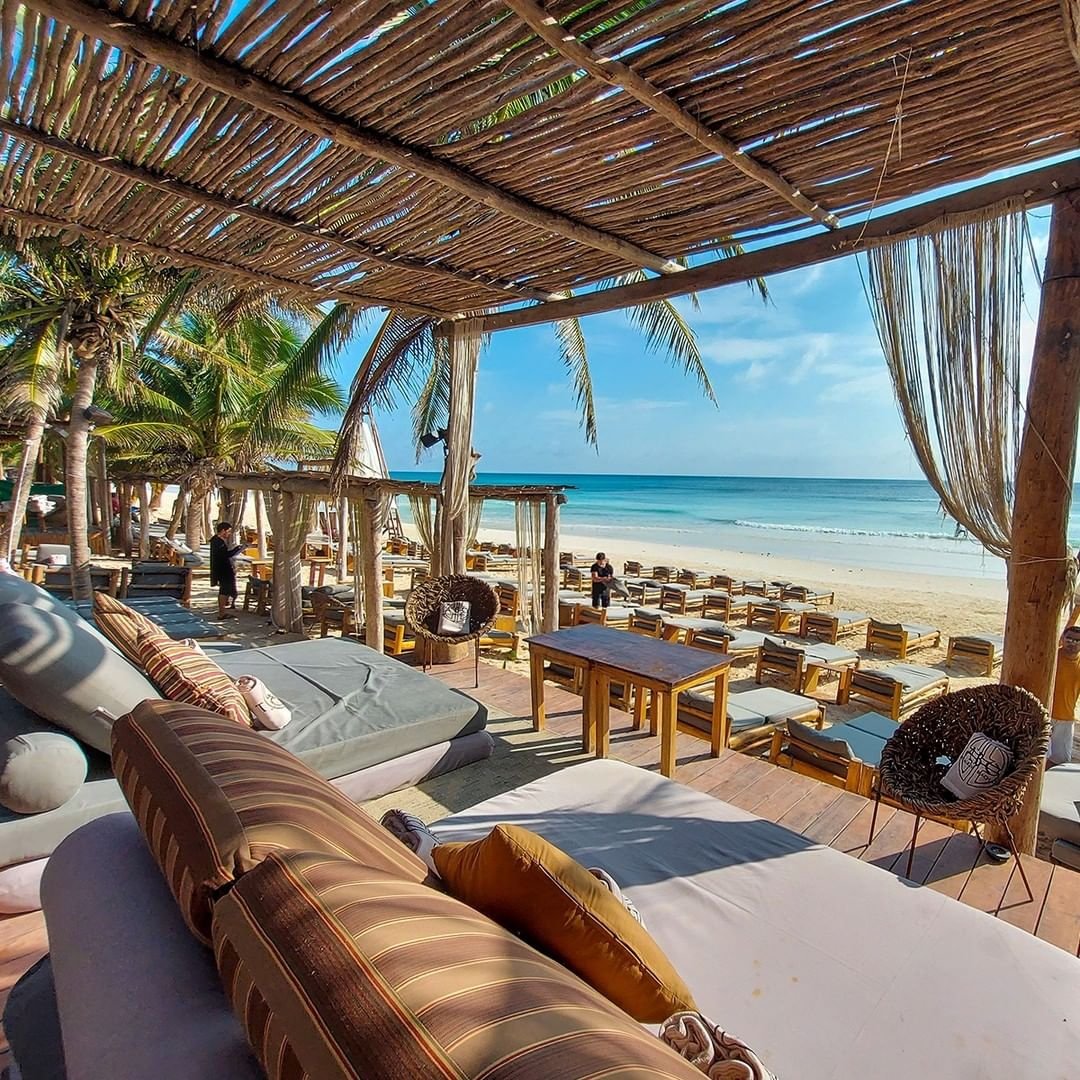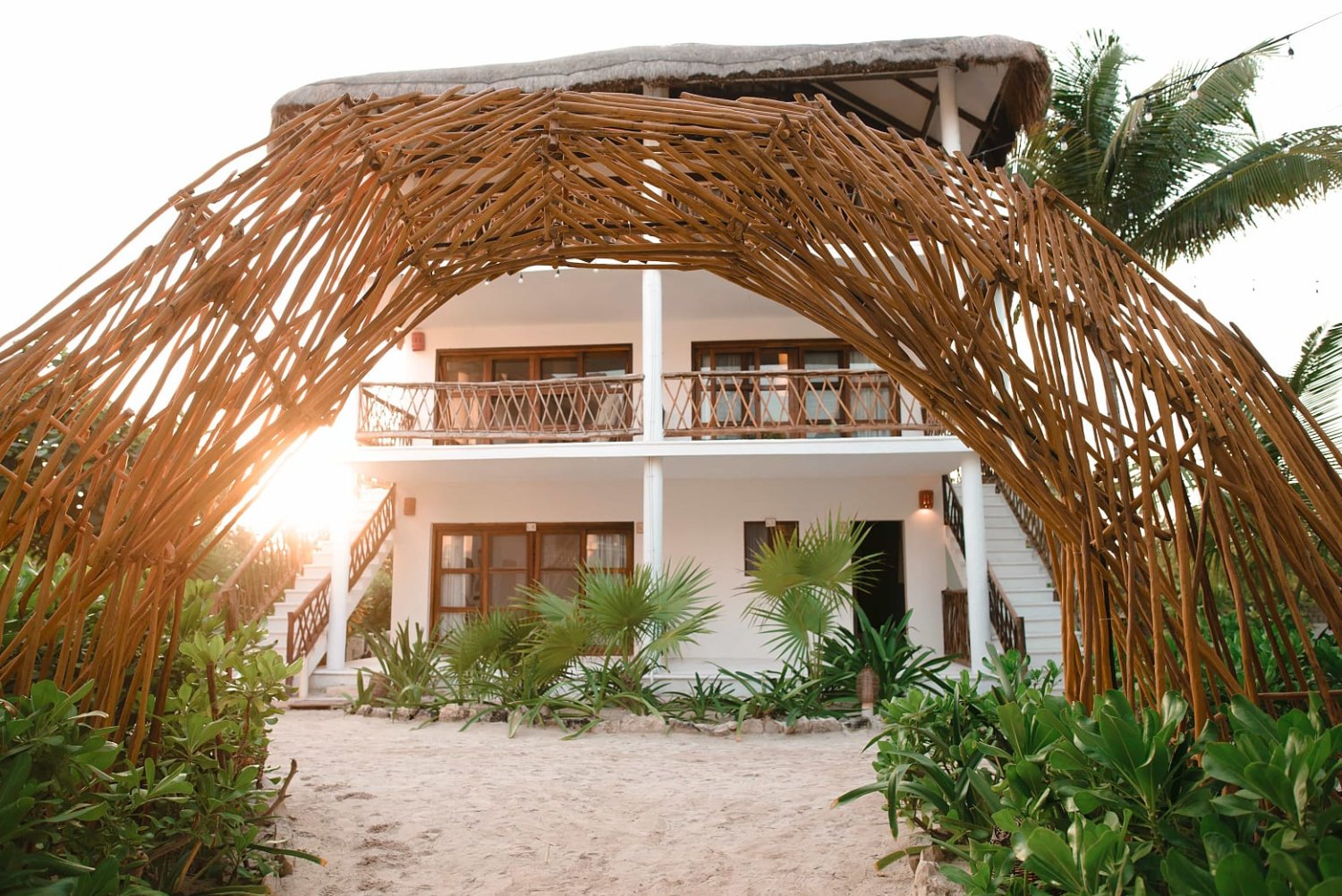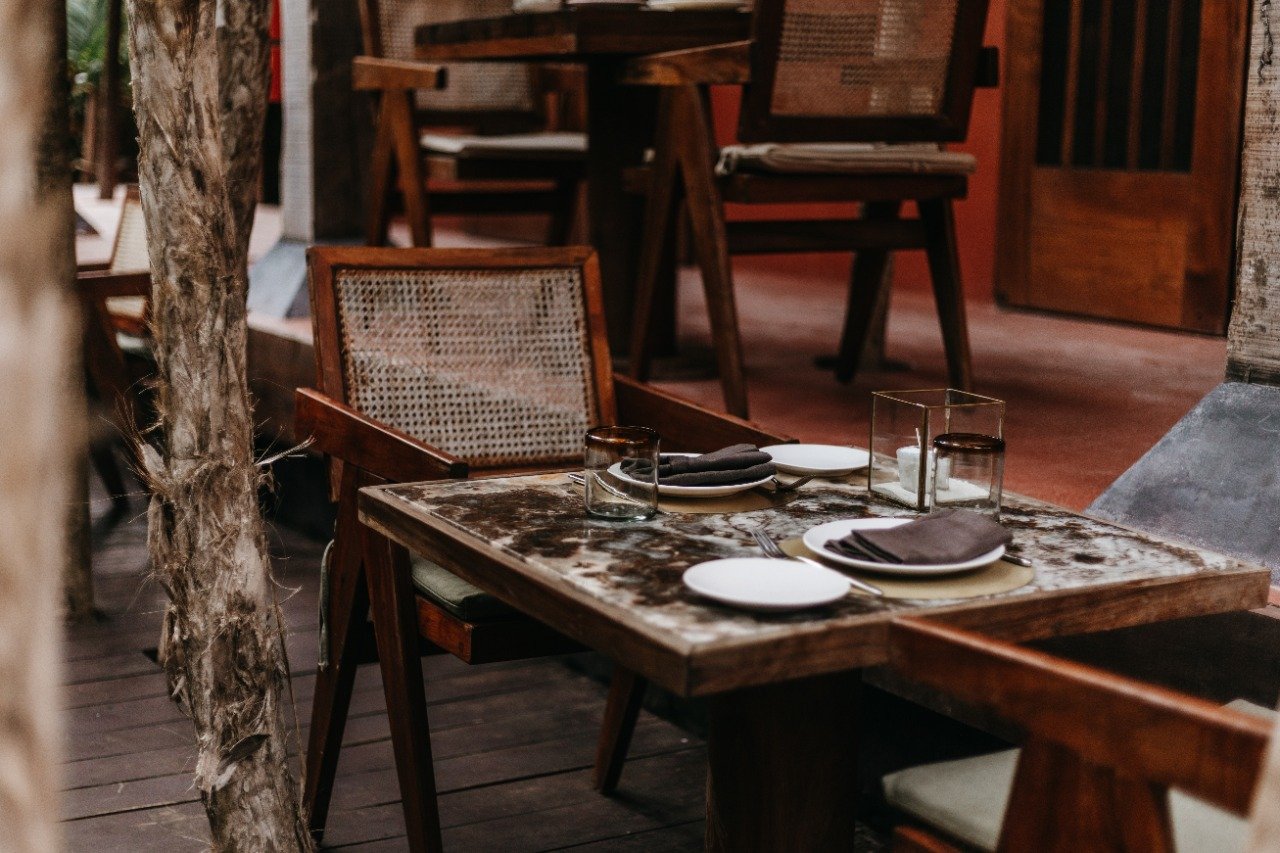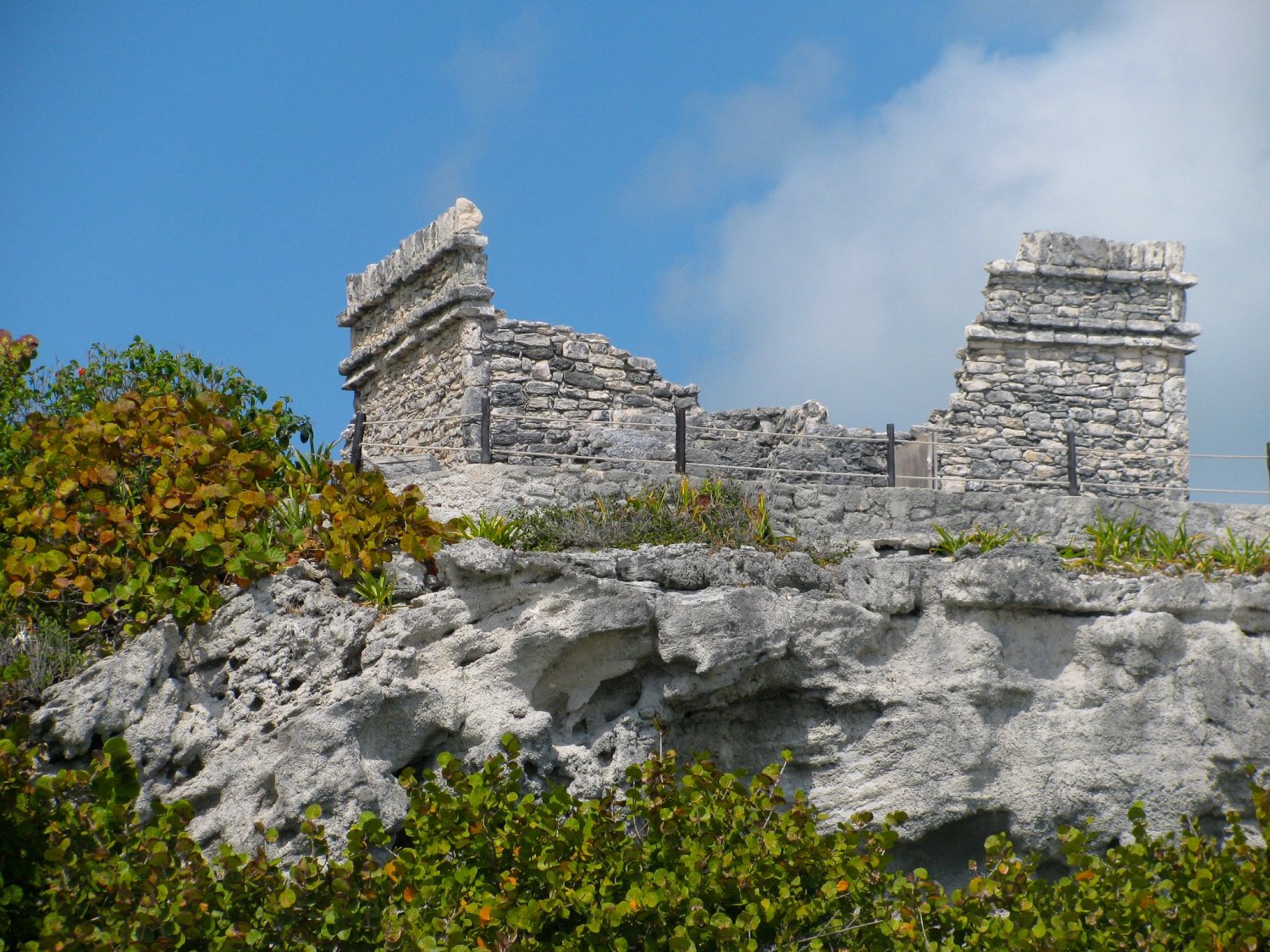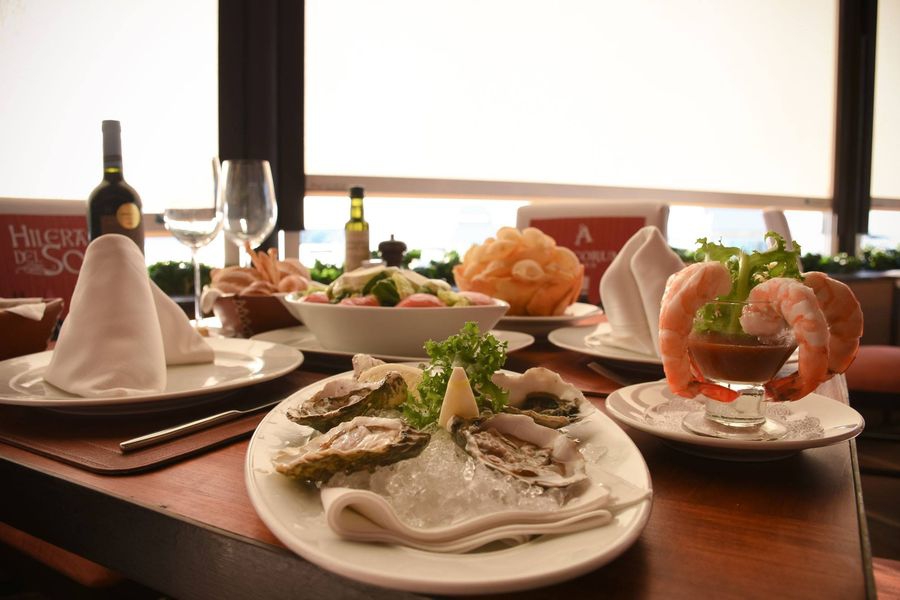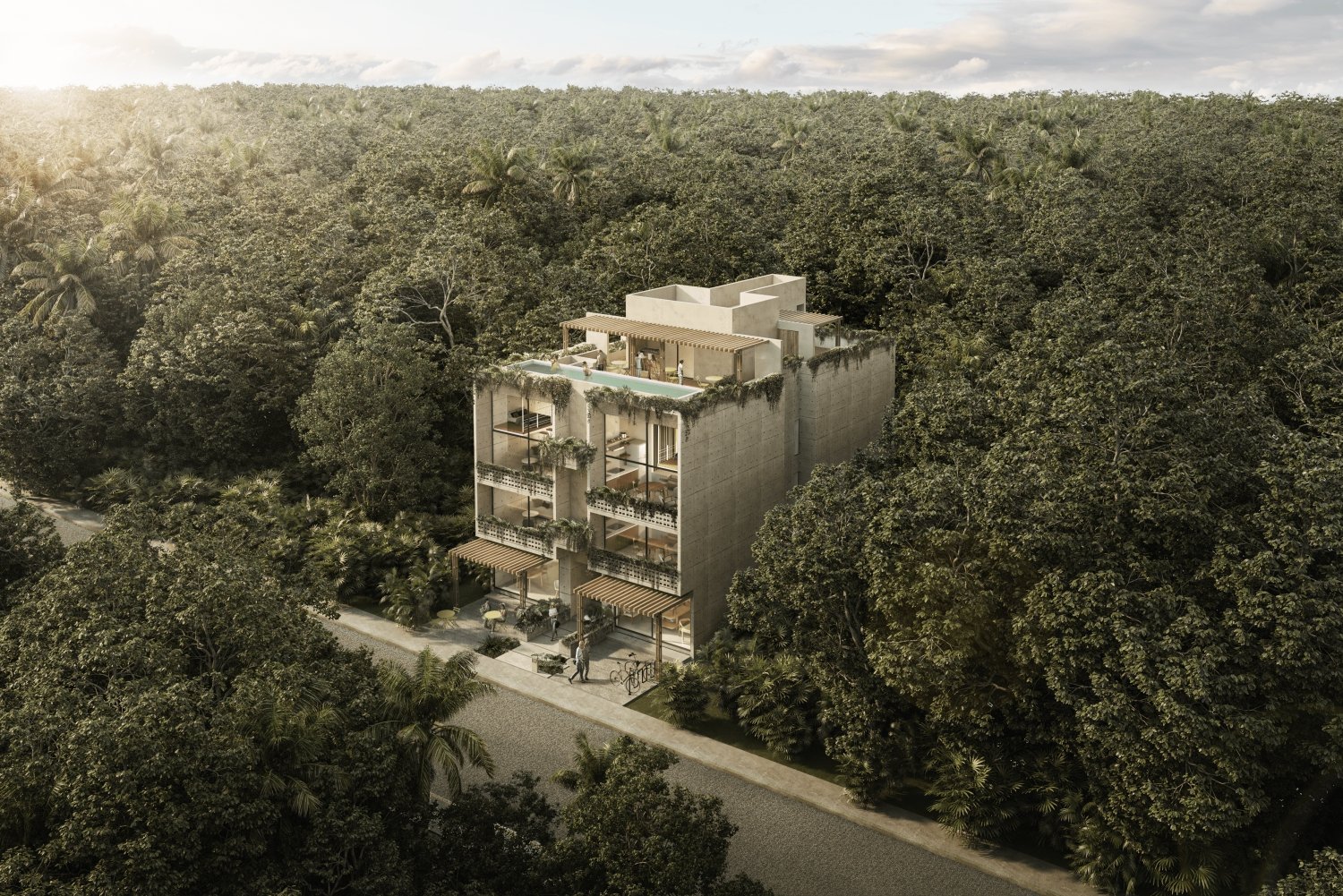The Zona Rosa, the rainbow zone of CDMX
Book Top Experiences and Tours in Mexico:
If youʻre booking your trip to Mexico last minute, we have you covered. Below are some of the top tours and experiences!- CDMX: Xochimilco, Coyoacan with Frida Kahlo & Optional Lunch
- CDMX: Neighborhoods Contrasts Private Tour
- Chautla's Castle, Lavender Farm, and Valquirico Private Tour
- Mexico City: Teotihuacan & Guadalupe Shrine Tour with Lunch
- Mexico City: Historic Downtown Walking Tour
During the 1950s, decaying mansions began to be used as coffee shops, art galleries, restaurants, bars, and boutiques. At some point it became the favorite place for intellectuals to meet. Here lived the poet Pita Amor as well as the writer Juan José Arreola and many other bohemians, accompanied by a great artistic effervescence.
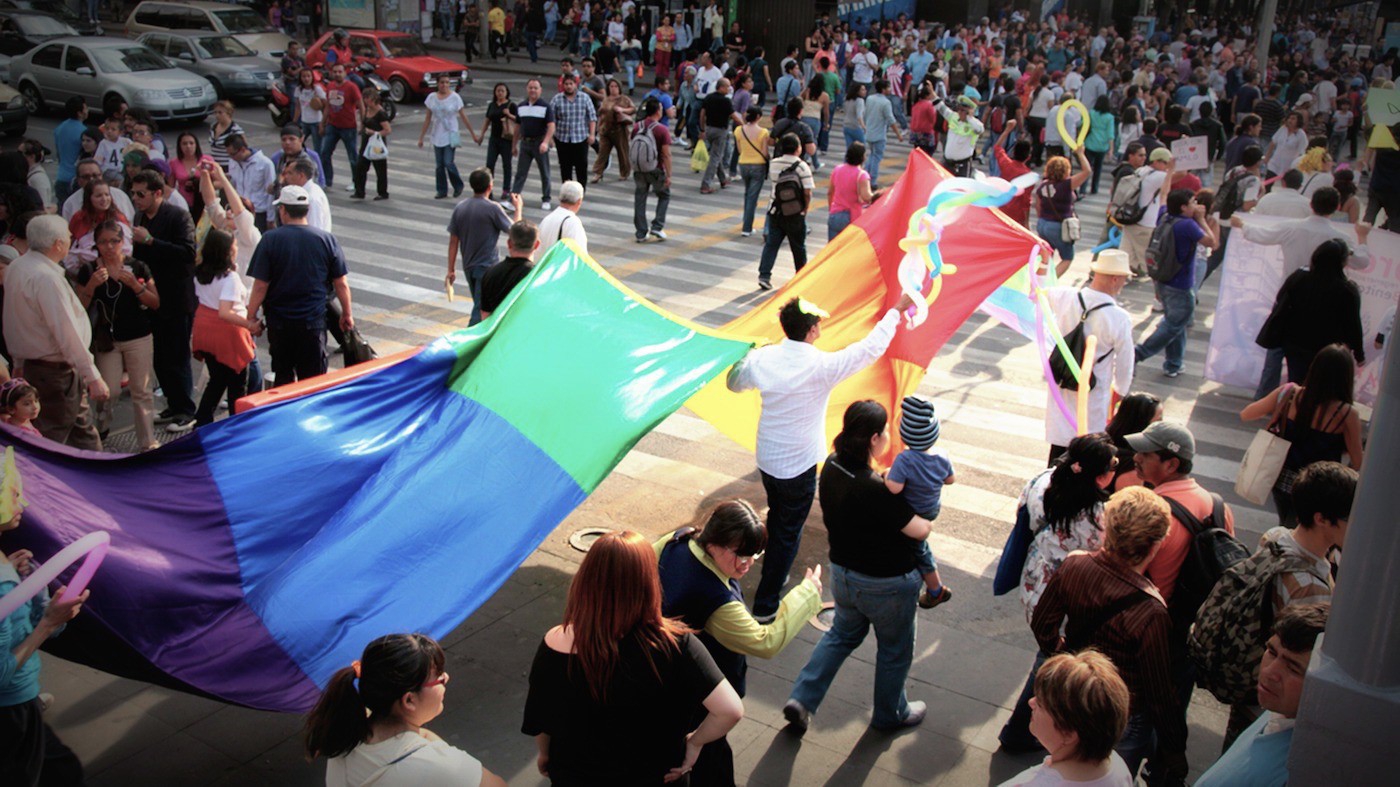
Tourist Corridor of Paseo de la Reforma, CDMX, Mexico
Credit: cdmx.com
After the 1968 Olympic Games in Mexico and the 1970 Soccer World Cup, the success of the colony skyrocketed, making it a fundamental tourist point of interest in the city.
The year 1985 arrived and with it an earthquake that devastated the city, collapsing buildings in many areas; including the Zona Rosa. As it recovered, many of the wealthy inhabitants moved to Polanco, but this was not bad: the 1990s had not yet begun when this area was already integrated into the gay community of Mexico City; its bars and restaurants did not discriminate against anyone because of their appearance, sexual preference or emotional expressions.
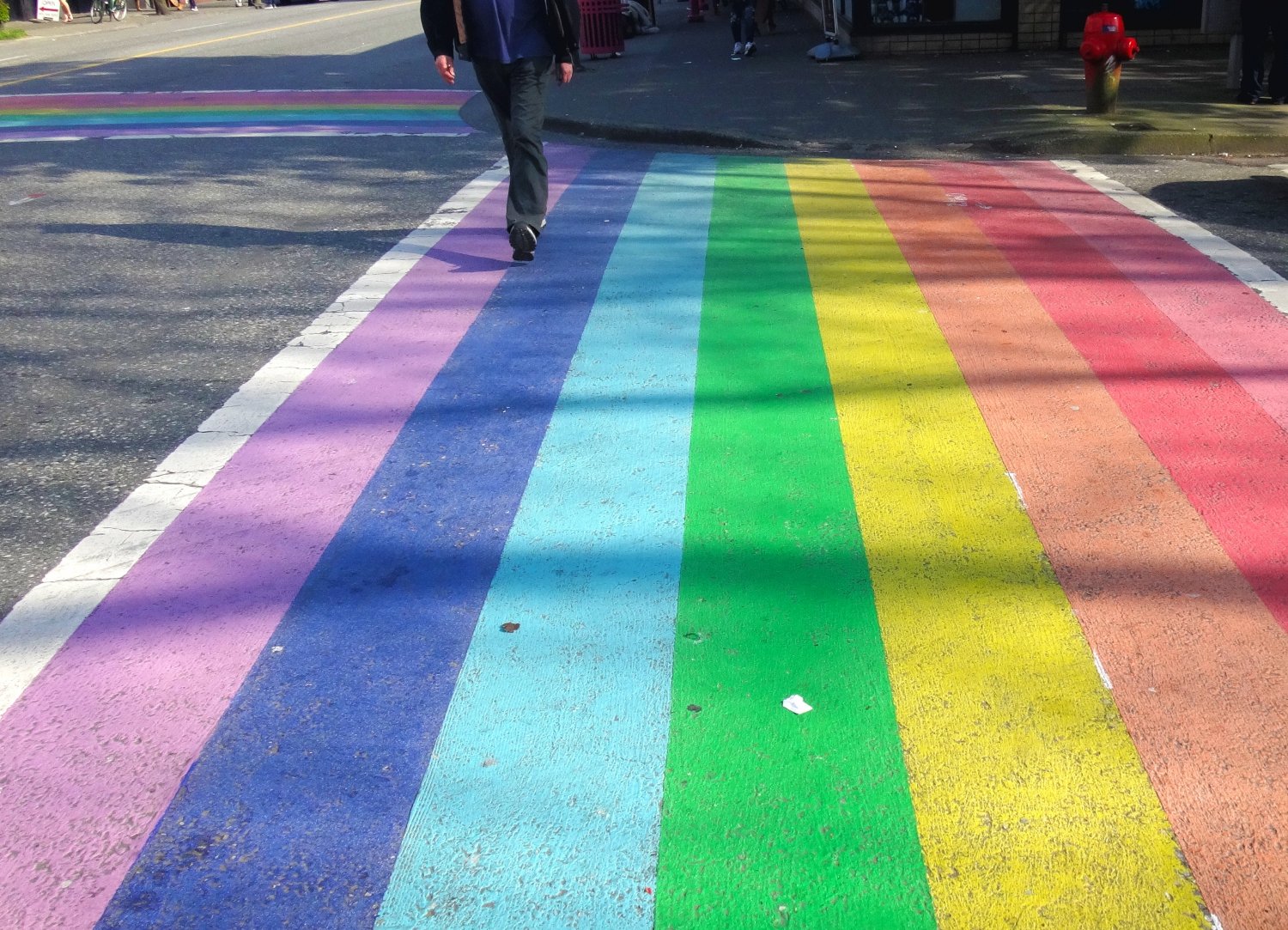
Credit: twenty20photos
Calle Amberes currently has the highest concentration of lgbt establishments in the entire city, although unlike Chueca in Madrid or Castro in San Francisco, businesses are not exclusively for the community, thus generating a sense of more diversity.
Today this area is part of the so-called Tourist Corridor of Paseo de la Reforma. Thanks to the number of boutiques, hotels, bars, restaurants, galleries, tattoo studios, cafes and bookstores, it is one of the most visited spaces in the city.

Ángel de la Independencia, CDMX, Mexico
Credit: cdmx.com
In addition to everything that this area offers, it is in a privileged point of the city for tourists, since many attractions are just a few minutes away, such as the Bosque de Chapultepec, the Angel of Independence, the Diana the Huntress Fountain and the Paseo de la Reforma. So it is not only the lgbtiq+ spot in the city, but also a space full of interesting history, diverse architecture and entertainment that lasts all night... or until the next day!
Whether you are looking for pink tourism or not, you have to visit this area! Check the Hotels section that we have in My Guide, as well as Restaurants and Experiences so that when visiting Mexico City you can choose the best among everything the city has to offer!




